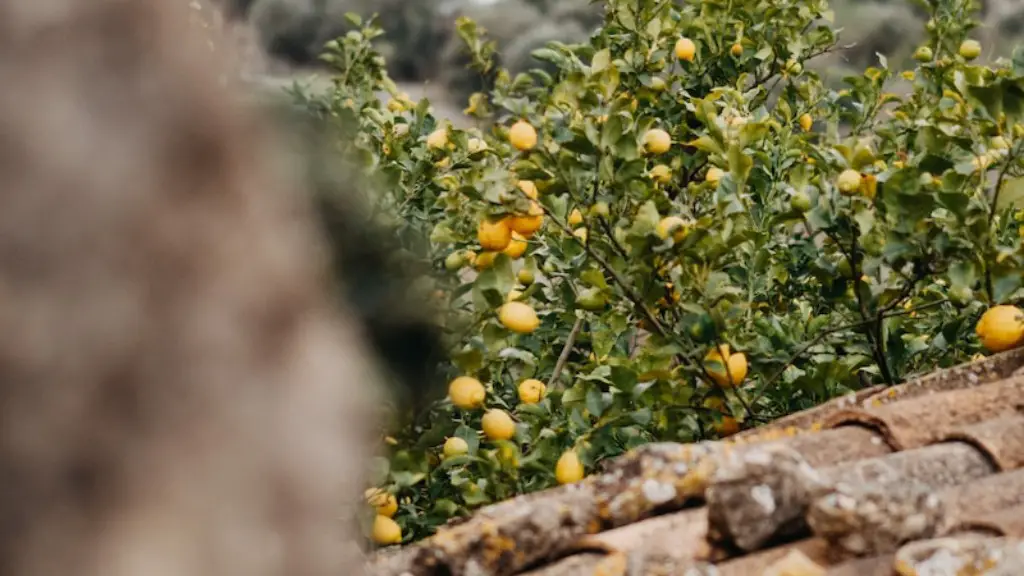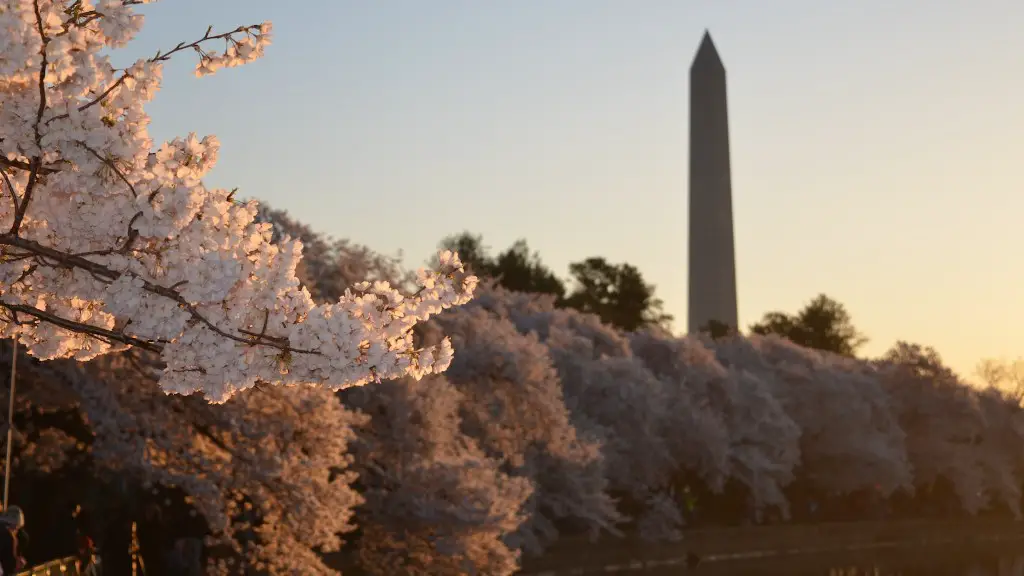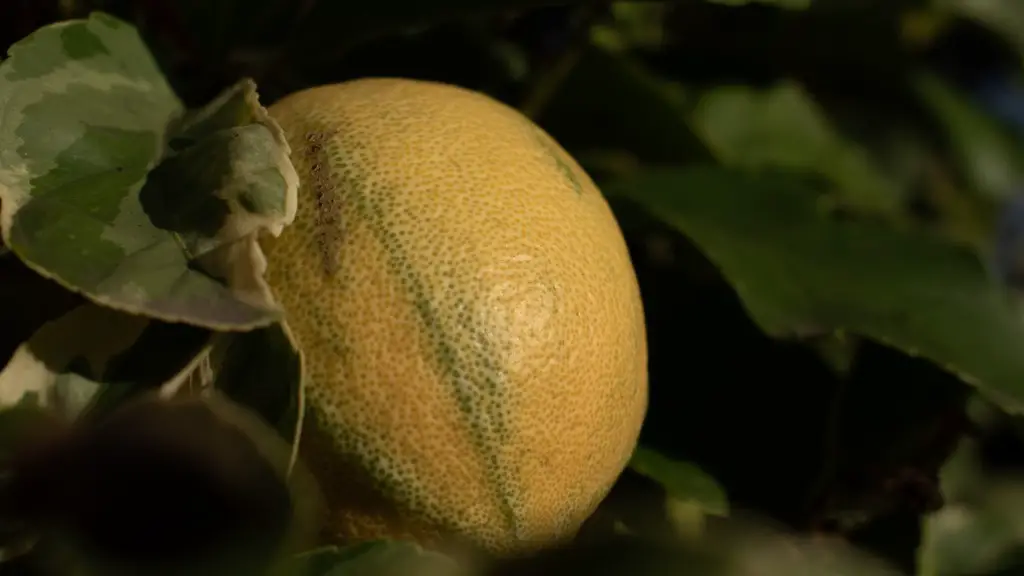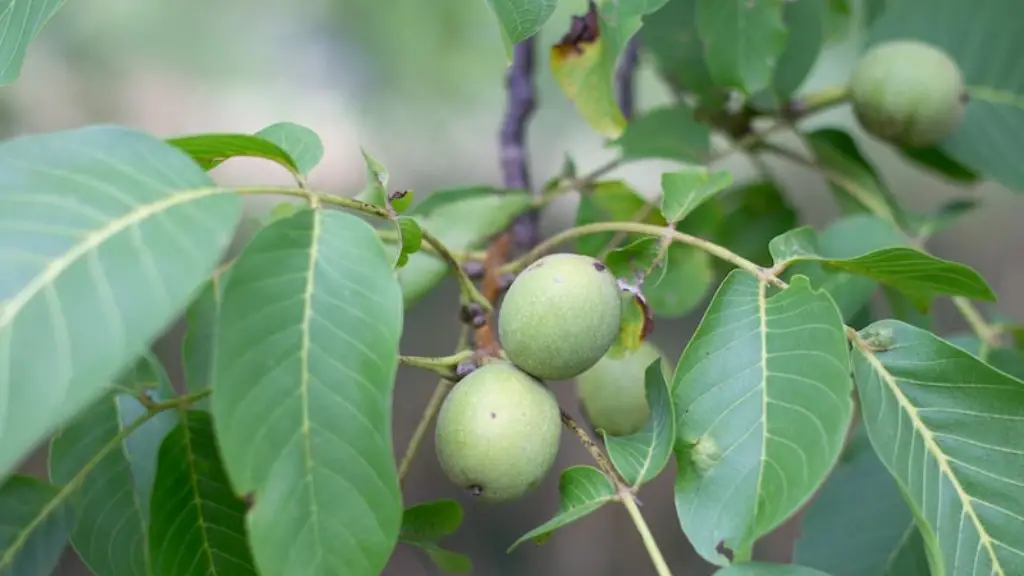In this guide, we’ll show you how to plant a lemon tree from seeds. Lemons are a type of citrus fruit that grows on trees. They’re a popular ingredient in many recipes and their juice is often used as a natural cleaning agent.
Lemons are fairly easy to grow from seed, but there are a few things you’ll need to do to ensure success. First, you’ll need to purchase a lemon tree seedling from a nursery or online retailer. Once you have your seedling, you’ll need to plant it in a pot or container that has drainage holes. Fill the pot or container with a well-draining potting mix and water it well.
Place the pot in a sunny spot and keep the soil moist but not soggy. Once the seedling has sprouted, you can begin to fertilize it with a diluted fertilizer solution. Be sure to follow the instructions on the fertilizer package.
With a little patience and care, you can enjoy fresh lemons from your very own tree in no time!
Step 1: Start with a healthy lemon. Cut the lemon in half and remove the seeds.
Step 2: Fill a planting pot with moistened potting mix. Place the lemon seeds in the pot, spacing them evenly.
Step 3: Cover the seeds with a thin layer of potting mix. Water the seeds well.
Step 4: Place the pot in a warm, sunny spot. Keep the potting mix moist.
Step 5: When the seedlings emerge, thin them to the healthiest one per pot.
Step 6: transplant the seedlings into larger pots when they become root bound.
Step 7: After the last frost date, plant the seedlings in a sunny spot in the garden.
How long does it take to grow a lemon tree from seed?
Lemon trees are one of the most popular citrus trees for home growers. They are easy to care for and produce an abundance of fruit. These fast-growing trees go from seedling to producing full-sized lemons in about 3 years, so it’s well worth the effort. A young lemon tree seedling on our windowsill is a beautiful sight and the fragrance of the blossoms is heavenly.
Lemon trees are fast growers and can reach up to 20 feet tall. They have a long life span and can produce fruit for up to 100 years.
There are four main growth stages for lemon trees:
Seed germination: Seeds germinate in two to three weeks after planting. To help with germination, soak the seeds for eight hours before planting.
Fill flats with sterile potting mix and plant the seeds 1/4 inch deep. Check the flats daily and keep the soil moist.
Transplanting: Once the seedlings are about 6 inches tall, they can be transplanted into larger pots or into the ground.
Fruiting: Once the lemon tree is established, it will produce flowers, which will turn into fruits. Fruits will mature in about six to eight months.
Harvesting: Lemons can be harvested year-round. To pick a lemon, twist it off the tree.
Is it hard to grow a lemon tree from a seed
Lemon trees can be grown from seed, but it’s important to note that the tree that results may not be identical to the parent lemon tree. This is due to the fact that lemon trees are often propagated via grafting, which means that a cutting from the desired tree is grafted onto the rootstock of another tree. When propagating from seed, it’s possible that the tree that results may be more similar to the rootstock tree than the original lemon tree. Nevertheless, it is still possible to grow a lemon tree from seed, and it can be a fun and rewarding experience.
Lemon trees grown from seed can take anywhere from 5 to 15 years to produce fruit, depending on the cultivar and growing conditions. However, lemons from the grocery store are a cheap and easy way to get seeds to grow your own lemon tree. With a little patience, you can have a lemon tree in your own backyard producing juicy, tart lemons for years to come.
What is the fastest way to germinate a lemon seed?
Lemon seeds will germinate faster if the sprouts don’t have to break through the seed’s skin. Another way to speed up lemon seed germination is to soak the seeds in warm water overnight.
This Meyer Lemon Tree is the perfect size for a patio or small space in your yard. It is approximately 2-3 feet tall and is 2-3 years old. This tree produces an abundance of delicious, juicy lemons that are perfect for cooking, baking, or making lemonade. Meyer Lemons are a bit sweeter and less acidic than regular lemons, making them a favorite among many citrus lovers.
What happens if you don’t soak seeds before planting?
As a general rule of thumb, soaking your seeds before planting will decrease germination time and increase the germination rate. Seeds that have a continual flow of moisture to uptake have much higher chances of success.
And spray our lemon seeds onto our paper towel Just like that making sure paper towel is nice and moist then we will put our paper towel with lemon seeds on it in a sunny spot wait until they start to germinate and see them grow
Do lemon seeds need direct sunlight
To sprout successfully, your lemon seed will need between ten and fourteen hours of sun exposure daily. A southern window with full sun exposure is ideal.
To make lemonade, you need to side squeeze the lemon so the seeds are left behind.
Can I grow a lemon tree indoors?
Container lemon trees are a great way to enjoy your own homegrown lemons, regardless of your climate. These trees are easy to grow and care for as long as you choose the right tree and meet its special needs. With a little care, you can be enjoying fresh lemonade in no time.
Whether the fruit came from a grocery store or farmer’s market, if it has seeds, you can grow them. Orange, lemons including Meyer lemon, tangerine, clementine, mandarin, lime, kumquat, and grapefruit with seeds are all candidates.
How long do lemon seeds need to dry out before planting
Dry lemon seeds will not germinate. You are best planting the seed as soon as possible after harvesting the pips from the fruit. If you need to wait, however, you can put the seeds in a glass of water overnight and then plant the following day.
If you are planning on starting your lemon tree from seed, it is best to do so several weeks before your last anticipated frost. This way, the seed will have time to germinate and start growing before the cold weather sets in. You can start your lemon tree along with any other vegetable seeds you are starting for the year. Just be sure to plant the seed in moist potting soil about a half-inch deep.
How hard is it to grow a lemon tree?
Lemon Trees are a great low-maintenance plant and can grow perfectly even within your house! As a citrus variety, lemon trees require full sun, which means about 6 to 8 hours of direct sunlight daily For indoor growth, simply place them in front of a south-facing or sunny window.
Lemon trees benefit from the nitrogen and calcium in the coffee grounds. The organic material also improves the soil tilth. Only use the coffee grounds after they have been fully decomposed in the compost pile.
Which is better Eureka or Meyer lemon tree
Eureka lemons are tart and acidic, while Meyer lemons are sweeter and more fragrant. Eureka lemons have thicker, textured skin, while Meyer lemons have smoother, more vibrant skin.
Lemon trees are one of the longest-lived fruit trees. With proper care and disease prevention, lemon trees can live well over 100 years. However, diseases can shorten the life of a lemon tree. Good care leads to a strong, healthy tree that is less susceptible to diseases.
Conclusion
To plant a lemon tree from seeds, you will need to purchase fresh lemons and extract the seeds. Once you have your seeds, plant them in a pot filled with well-draining potting mix. Water the seeds regularly and keep them in a warm, sunny spot. Once the seedlings emerge, thin them out so that only the strongest one remains. Transplant your lemon tree outdoors after it has grown to about 12 inches tall.
To plant a lemon tree from seeds, start by getting fresh lemon seeds from a ripe lemon. Plant the seeds in a pot filled with moistened potting mix, and place the pot in a warm, sunny location. Keep the soil moist, and in 6-8 weeks, the seedlings should emerge. Transplant the seedlings into larger pots or into the ground when they are about 6 inches tall.





